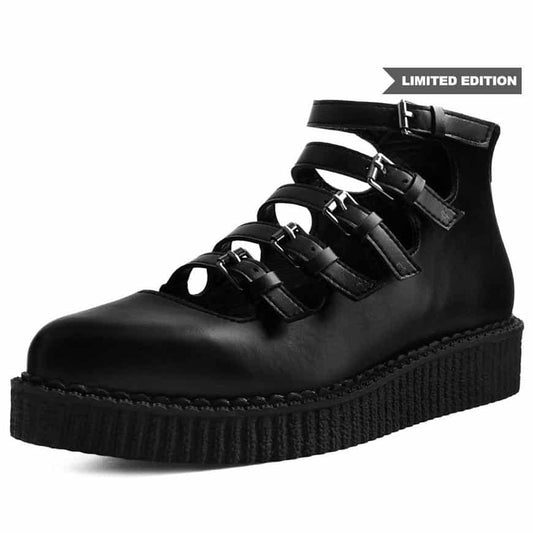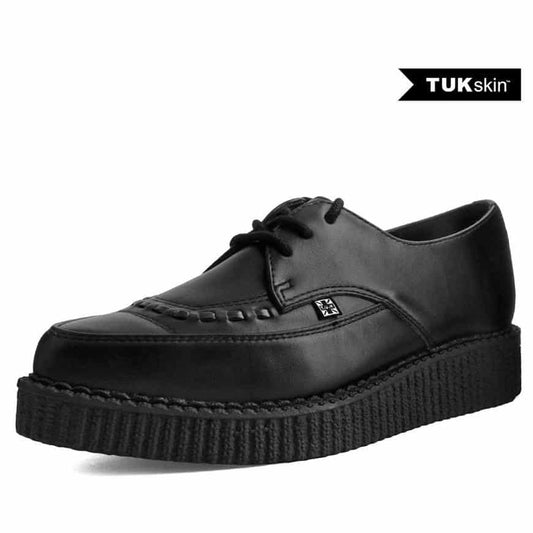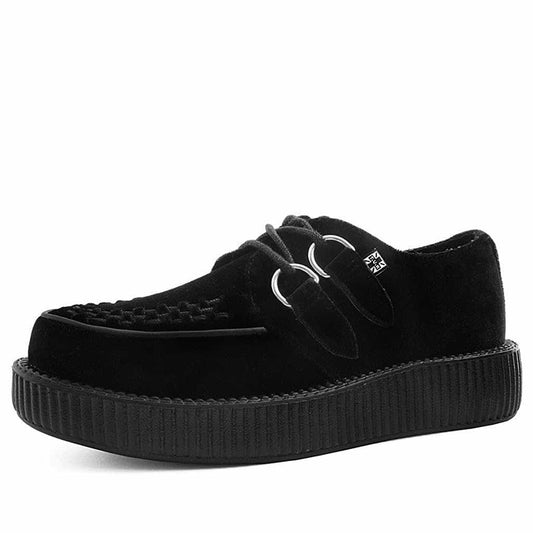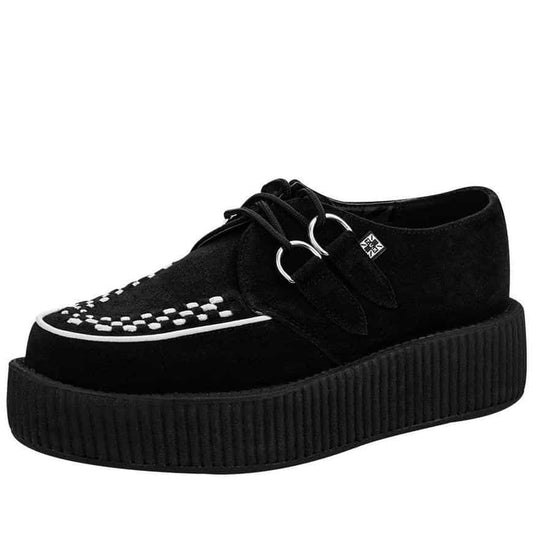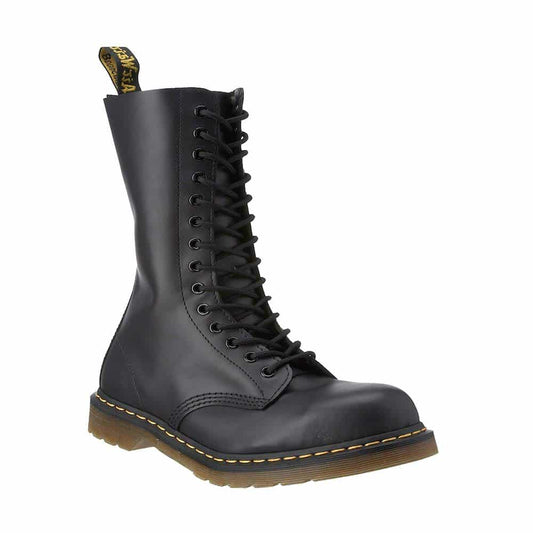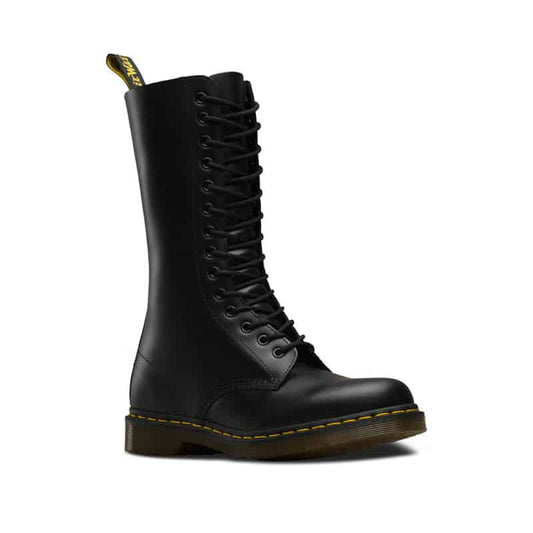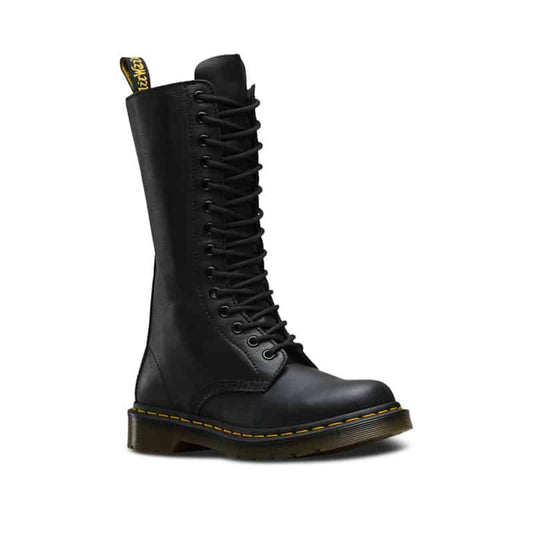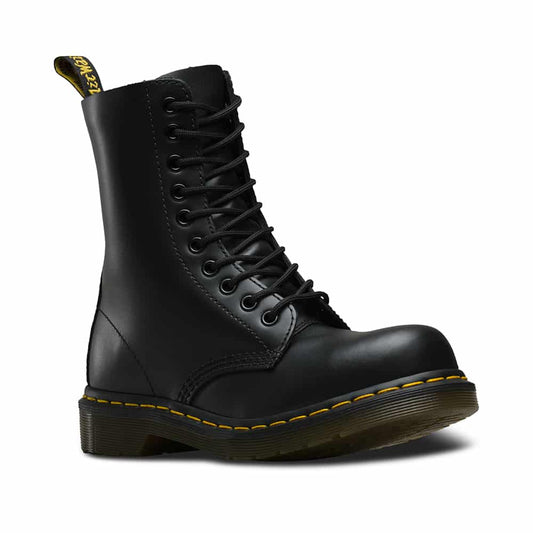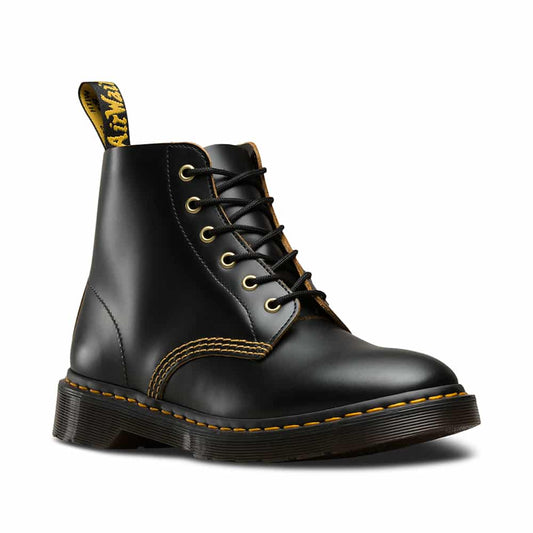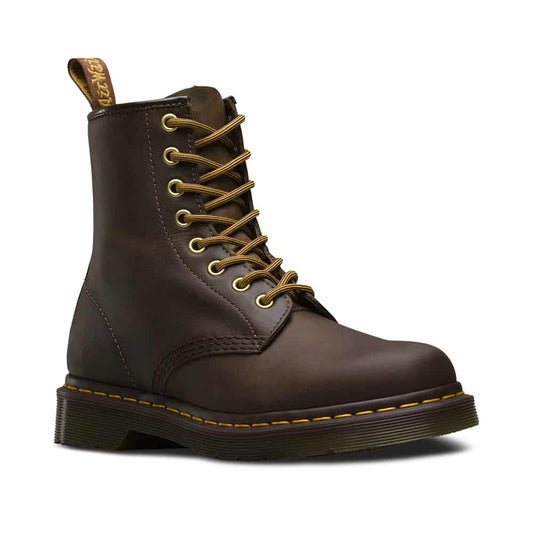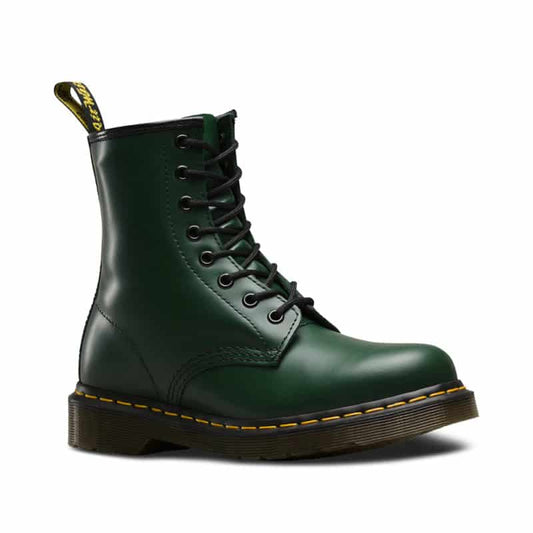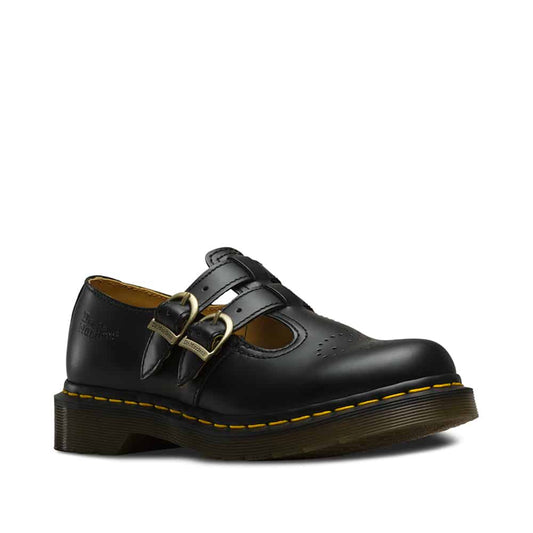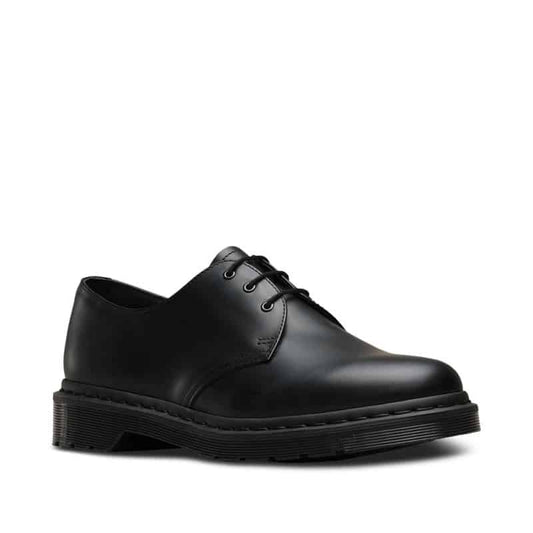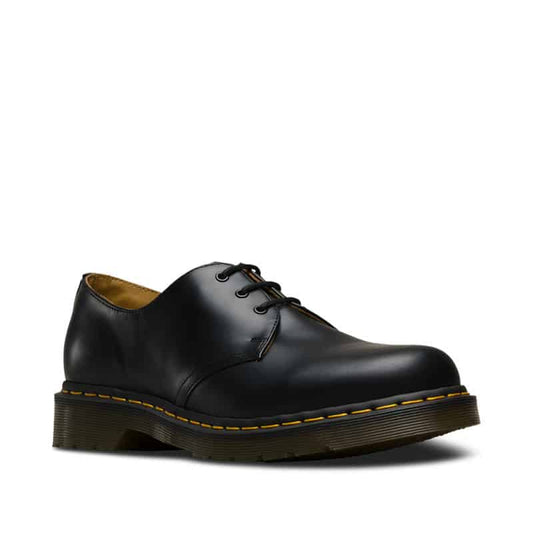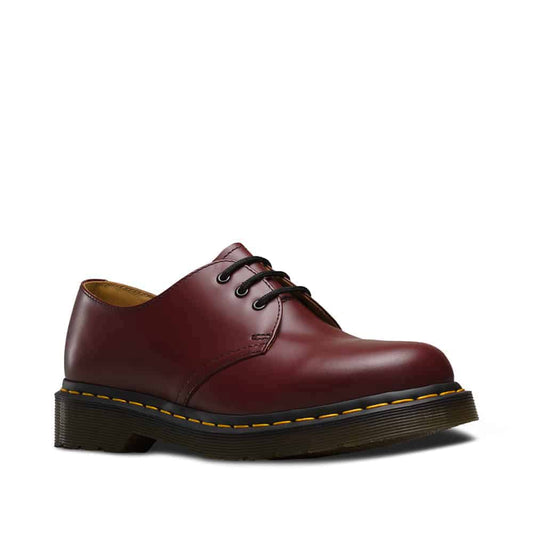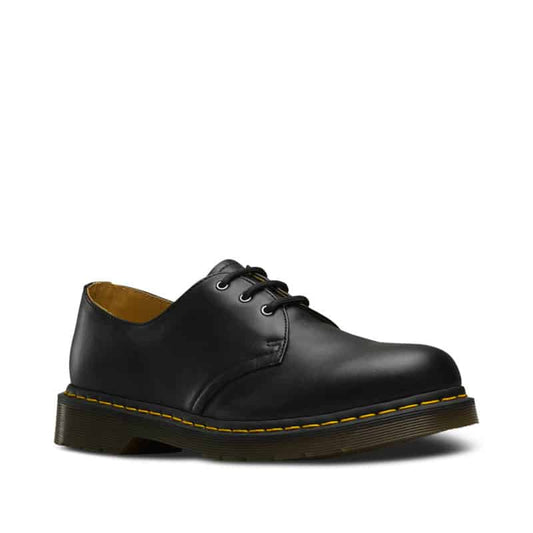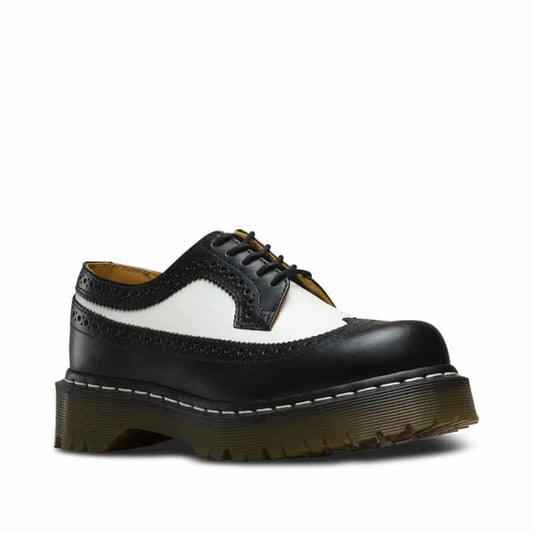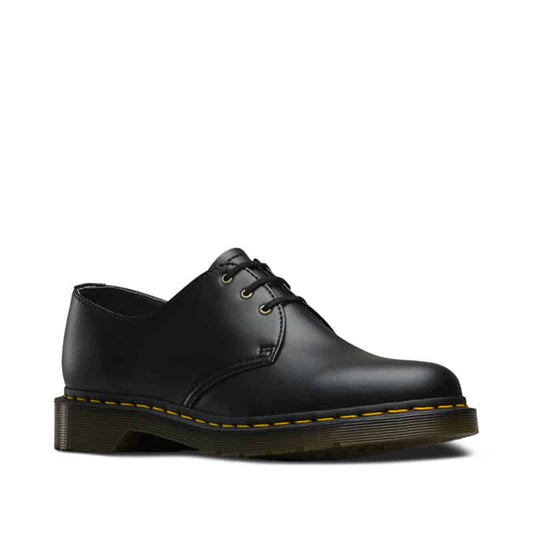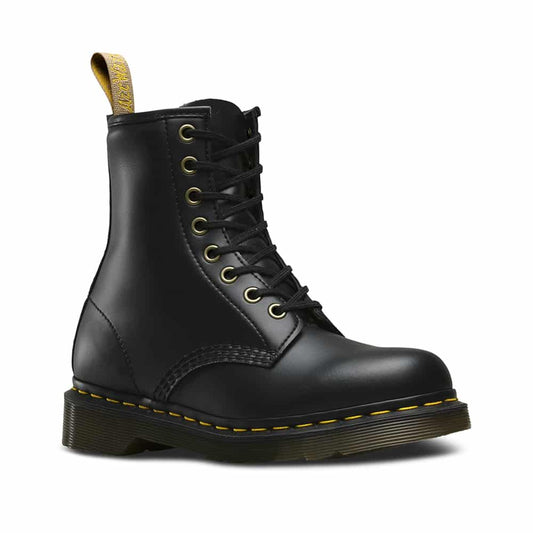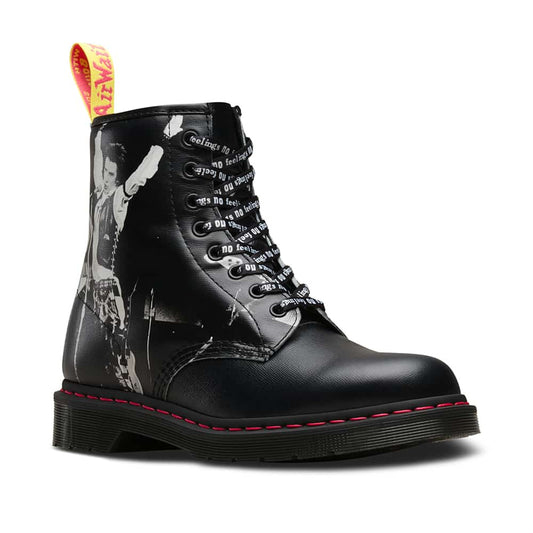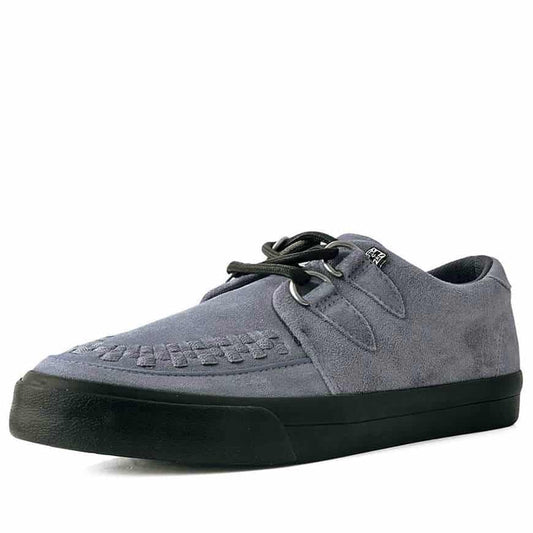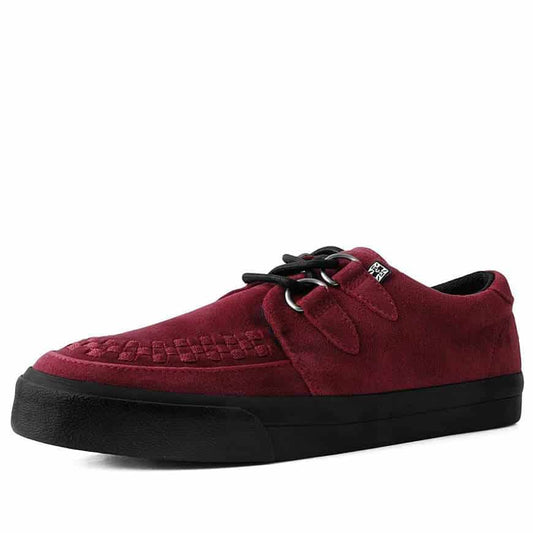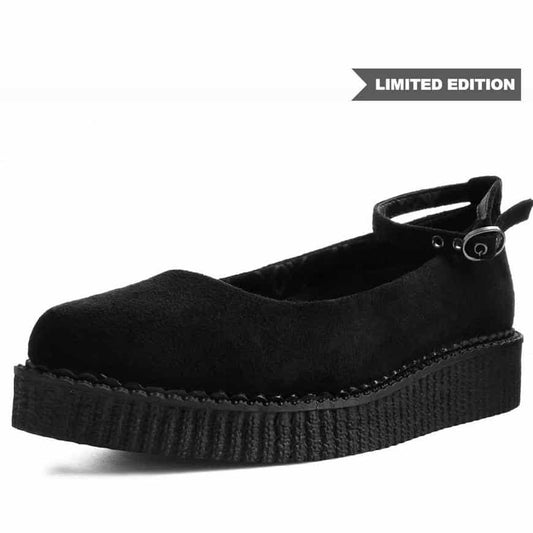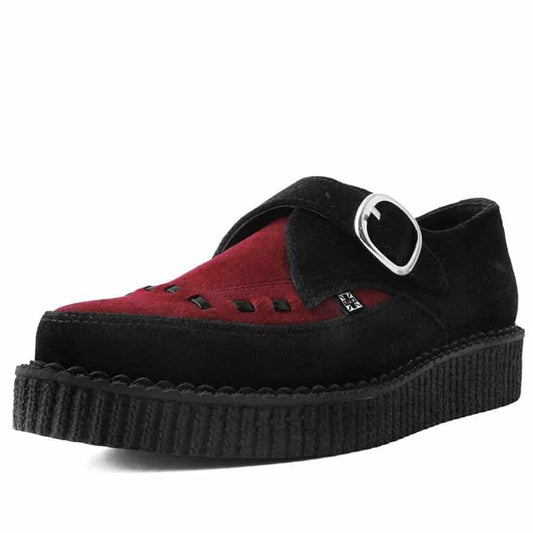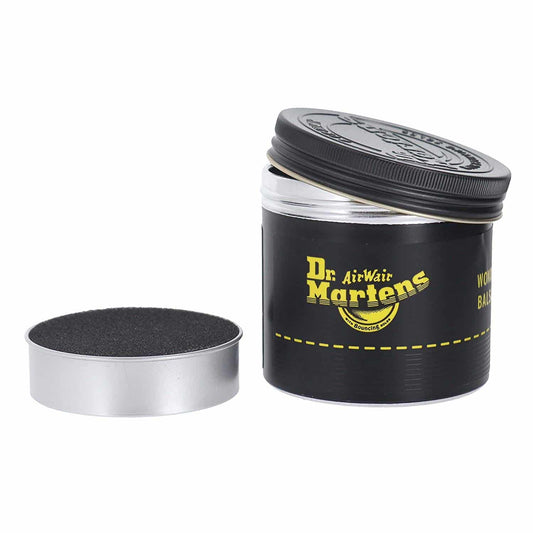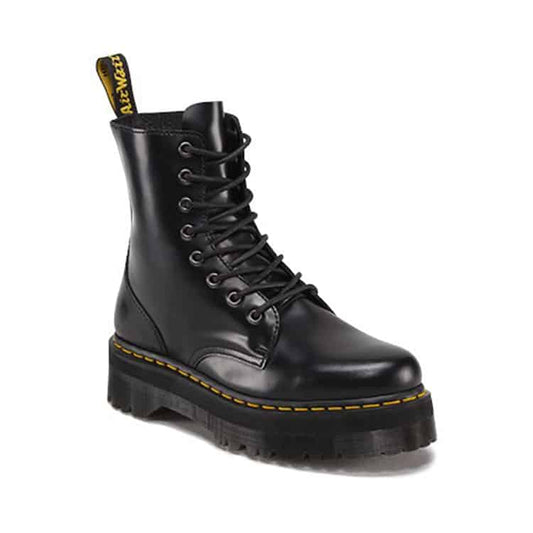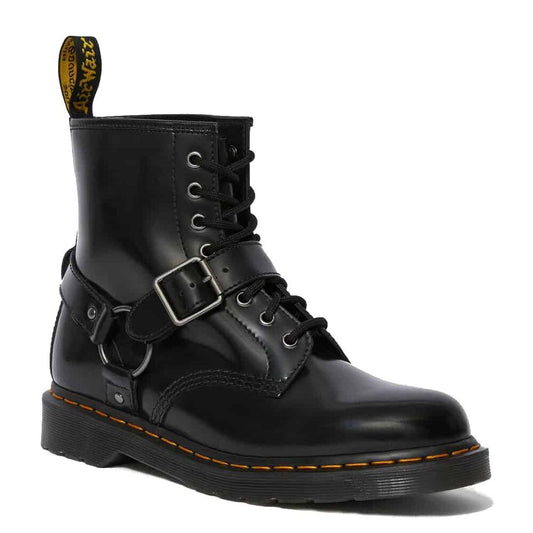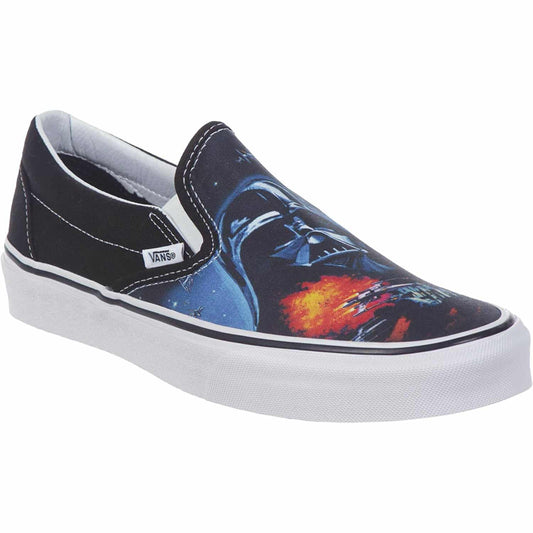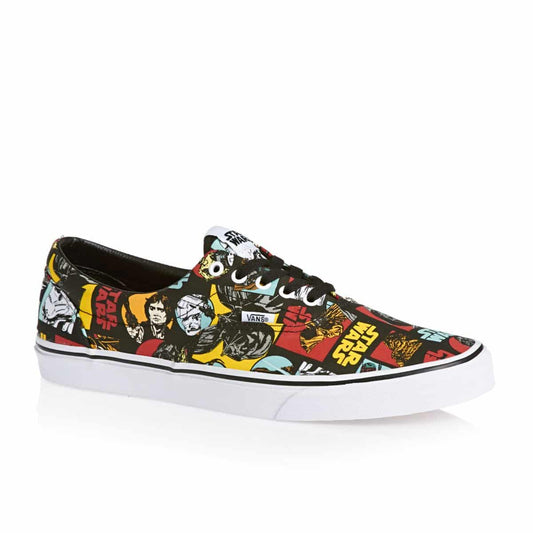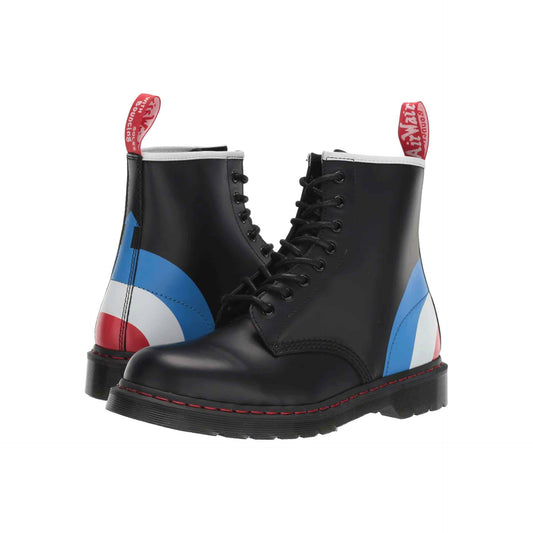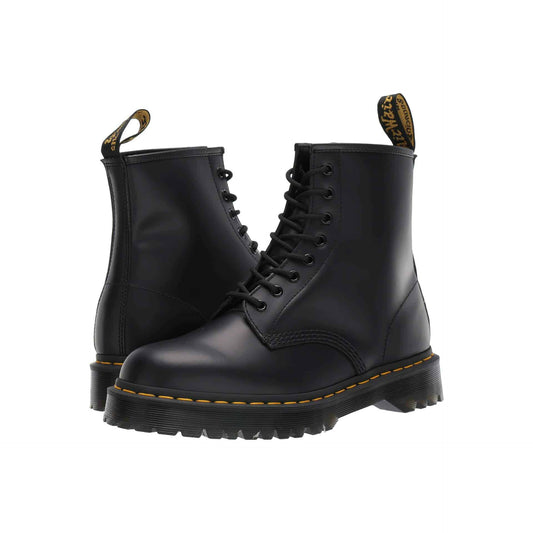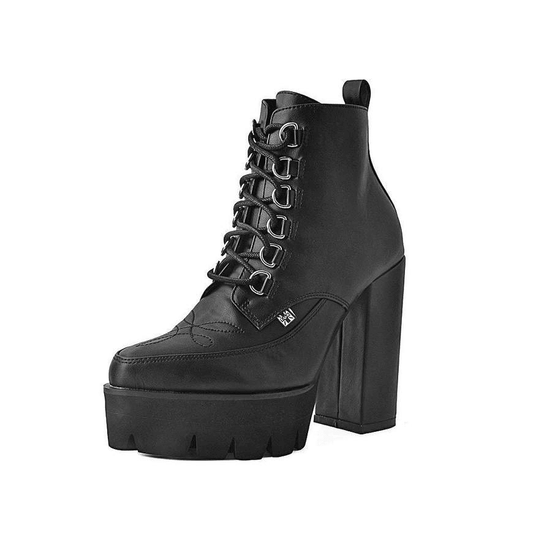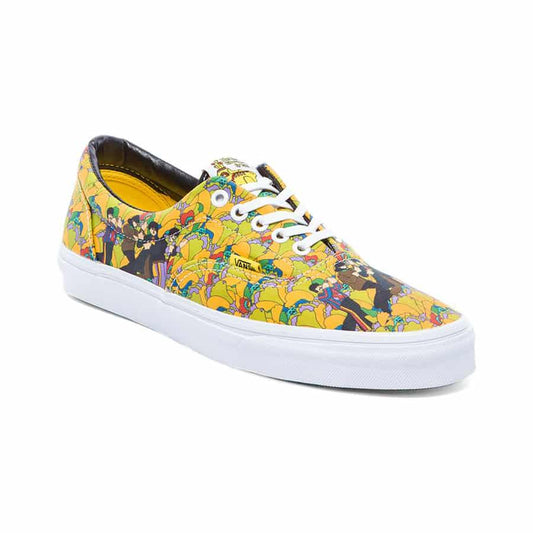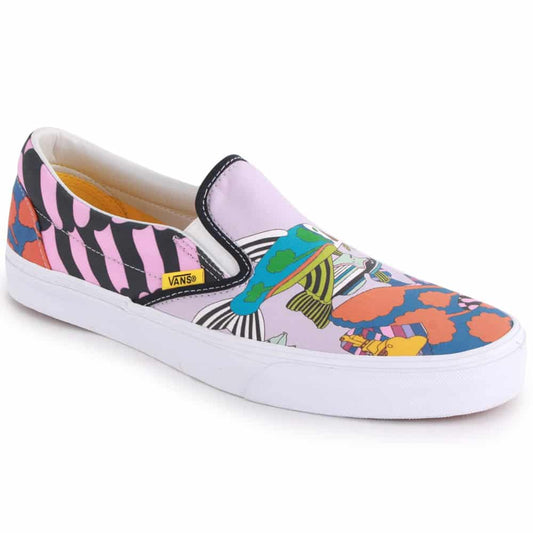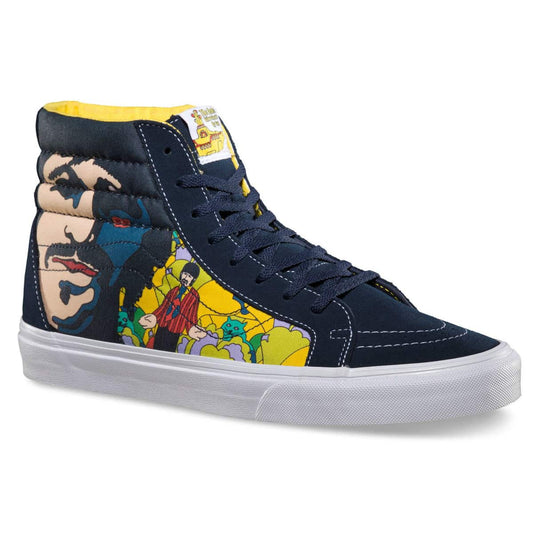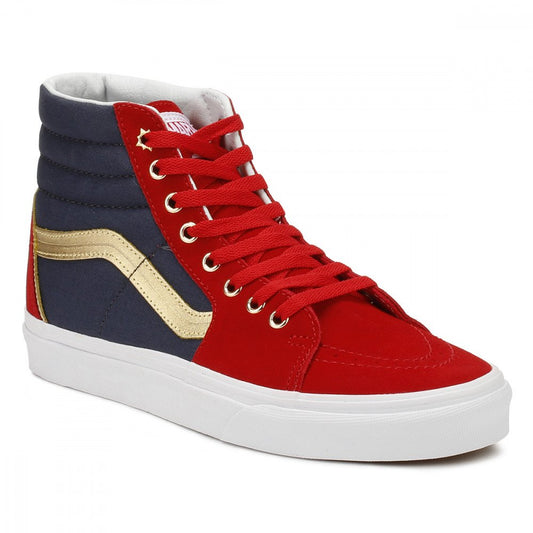Company
Collection: Shoes
-
TUK Black Pointed Mary Jane Creeper Multi Strap A9417
Regular price From $79.99 USDRegular priceUnit price / per -
TUK Black Pointed Creeper A9323
Regular price From $119.90 USDRegular priceUnit price / per -
TUK Black Velvet Low Sole Creeper V9492
Regular price $110.99 USDRegular priceUnit price / per -
TUK Two Tone Suede Mondo Creeper V8366
Regular price $119.99 USDRegular priceUnit price / per -
Dr. Martens 1940 Black 14-Eye Steel Toe Boot
Regular price $199.99 USDRegular priceUnit price / per -
Dr. Martens 1914 Black Smooth 14-Eye Boot
Regular price $200.00 USDRegular priceUnit price / per -
Dr. Martens 1B99 Black Virginia 14-Eye Boot
Regular price $200.00 USDRegular priceUnit price / per -
Dr. Martens 1919 Black Fine Haircell Steel Toe 10-Eye Boot
Regular price From $189.99 USDRegular priceUnit price / per -
Dr. Martens 101 Black Vintage Smooth 6-Eye Boot
Regular price From $140.00 USDRegular priceUnit price / per -
Dr. Martens 1460 Gaucho Crazy Horse 8-Eye Boot
Regular price $170.00 USDRegular priceUnit price / per -
Dr. Martens 1460 Green Smooth 8-Eye Boot
Regular price $170.00 USDRegular priceUnit price / per -
Dr. Martens 8065 Black Smooth Platform Mary Jane
Regular price $139.99 USDRegular priceUnit price / per -
Dr. Martens 1461 Black Mono Smooth 3-Eye Shoe
Regular price $130.00 USDRegular priceUnit price / per -
Dr. Martens 1461 Black Smooth 3-Eye Shoe
Regular price $139.99 USDRegular priceUnit price / per -
Dr. Martens 1461 Cherry Red Smooth 3-Eye Shoe
Regular price $130.00 USDRegular priceUnit price / per -
Dr. Martens 1461 Black Nappa 3-Eye Shoe
Regular price $139.99 USDRegular priceUnit price / per -
Dr. Martens 3989 Brogue BEX Black and White 3-Eye Shoe
Regular price $159.99 USDRegular priceUnit price / per -
Dr. Martens 1461 Vegan Black Felix Rub Off 3-Eye Shoe
Regular price $130.00 USDRegular priceUnit price / per -
Dr. Martens 1460 Vegan Black Felix Rub Off 8-Eye Boot
Regular price $170.00 USDRegular priceUnit price / per -
Dr. Martens 1460 Sex Pistols Vicious 8-Eye Boot
Regular price $200.00 USDRegular priceUnit price / per -
TUK Gray Suede Sneaker Creeper A9528
Regular price From $69.99 USDRegular priceUnit price / per -
TUK Red Suede Sneaker Creeper A9529
Regular price From $69.99 USDRegular priceUnit price / per -
TUK Black Pointed Ballet Creeper Ankle Strap A9416
Regular price $89.99 USDRegular priceUnit price / per -
TUK Burgundy Suede Pointed Creeper A9592
Regular price $99.99 USDRegular priceUnit price / per -
Dr. Martens Wonder Balsam Shoe Polish 85ML
Regular price $12.99 USDRegular priceUnit price / per -
Dr. Martens Black Jadon Platform 8-Eye Boot
Regular price $209.99 USDRegular priceUnit price / per -
Dr. Martens 1460 Black Harness 8-Eye Boot
Regular price $166.00 USDRegular priceUnit price / per -
Vans Slip-On Star Wars A New Hope Limited Edition
Regular price $169.99 USDRegular priceUnit price / per -
Vans Era Star Wars Classic Repeat Limited Edition
Regular price $169.99 USDRegular priceUnit price / per -
Dr. Martens 1460 The Who 8-Eye Boot
Regular price $200.00 USDRegular priceUnit price / per -
Dr. Martens 1460 Black BEX Platform 8-Eye Boot
Regular price $180.00 USDRegular priceUnit price / per -
TUK Black Vegan Platform Heel 6-Ring A9689L
Regular price $119.99 USDRegular priceUnit price / per -
Vans Era The Beatles Yellow Submarine Garden Shoe
Regular price $149.99 USDRegular priceUnit price / per -
Vans Slip On The Beatles Yellow Submarine Sea of Monsters Shoe
Regular price $149.99 USDRegular priceUnit price / per -
Vans Sk8 Hi The Beatles Yellow Submarine Faces Shoe
Regular price $199.99 USDRegular priceUnit price / per -
Vans Sk8-Hi Captain Marvel Shoe
Regular price $134.99 USDRegular priceUnit price / per
Free Shipping Over $70
BY FANS FOR THE FANS
BUY now pay later
60 Day Returns & Exchnages

